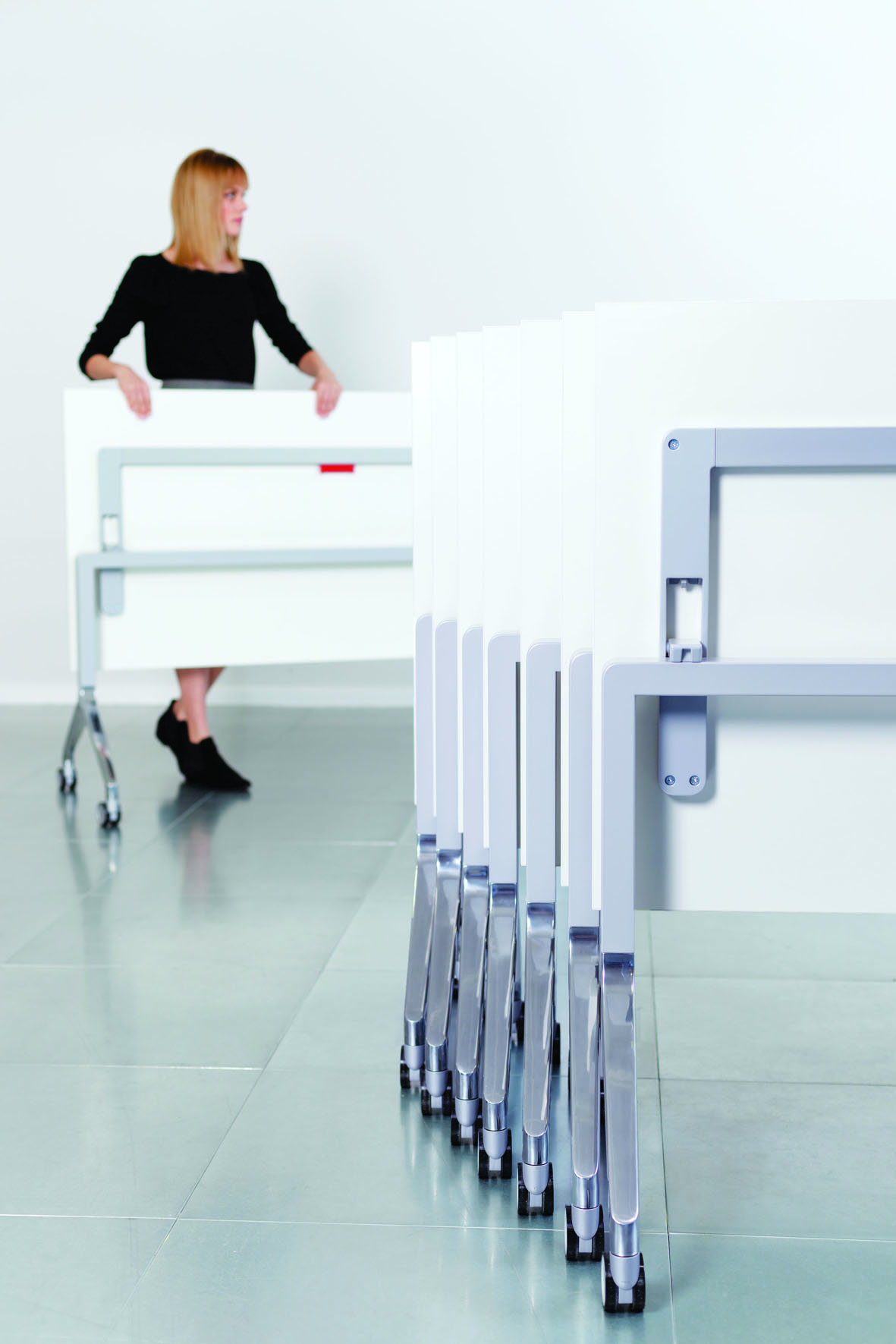In a world of architecture and construction guided by constant creativity, the reinvention of standards and the emphasis on sustainability, one question prevails – what impact will the digital transformation have on the way houses and buildings will be designed in the future? In view of the threat of human labour being replaced by automated means, these industries are currently dictating the value of a complementary relationship between technological and human capabilities.
Among countless possibilities, the BIM (Building Information Modelling) methodology emerges as one of the tools with the greatest capacity for developing the daily procedures of professionals, offering vast potential when it comes to increasing the efficiency of project planning and execution.
According to BIMobject, the largest BIM content platform in the world, the number of professionals joining this programme tripled between 2017 and 2021, totalling more than 3.5 million users in 2022. Users of this tool are growing by leaps and bounds in the face of an innovative digital transformation, providing companies with a competitive advantage that boosts new business opportunities, although challenges remain in the everyday usage of the methodology.
In a universe of possibilities, Vicaima, one of the pioneers in the launch of BIM objects for interior doors, shares the key practical guidelines for the effective implementation of this technology in a construction project.
- Using BIM technology consistently throughout the course of a project
The coordinated use of BIM technology, whether between the design, construction or operation and maintenance stages, as well as between the various parties involved in each project, is one of the key factors in guaranteeing the successful application of this tool.
From the birth of a development and throughout its entire life cycle, taking advantage of BIM can become even more valuable when carried out coherently at each phase, gathering vital information.
Vicaima acknowledges this relevance, streamlining the workflow of professionals by allowing 3D visualisation of its products as well as the management of their technical information. Vicaima Wardrobe solutions in BIM are available in different configuration options, including all the wardrobes with sliding doors in its Advanced Range, as well as its extensive range of Portaro® solutions available with various performance options, models, and finishes.
- Combining the potential of technological and conventional tools
In the daily environment, operating with BIM implies providing all the components of a building in a digital format. This process will only fulfil the desired results if the management and execution of a project incorporates both virtual and traditional tools. The ultimate integration of these two universes means bringing the advantages of digital to the practical domain. In this sense, all those involved in a project, regardless of their background, are able to communicate in a common language, enhanced by BIM.
- Understanding and complying with BIM standards
The management of a project using BIM, in addition to being carried out by an independent organisation, must be aligned with ISO standards. These international norms ensure compliance with the highest levels of quality and safety.
By relying on in-depth knowledge and strict respect for the essential principles of BIM, professionals gain continuous and up-to-date access to tools such as 3D modelling, energy calculations, budget control and certifications, among other capabilities.
The digitalisation process in the architecture and construction sectors is being revolutionised by BIM technology. Numerous professionals agree that it is dramatically reshaping the way buildings are designed and constructed. Rigorous adherence to these principles is key for minimising errors, ensuring more efficient execution, reducing the risk of delays, and preventing additional costs.
BIM is boosting the construction industry, making it possible to design more sustainable, comfortable, and efficient buildings. By embracing this approach, we are moving towards a future where technology and human innovation come together to create environments that improve quality of life.
Interested in using Vicaima products in your BIM projects? Download it through the form available here!









